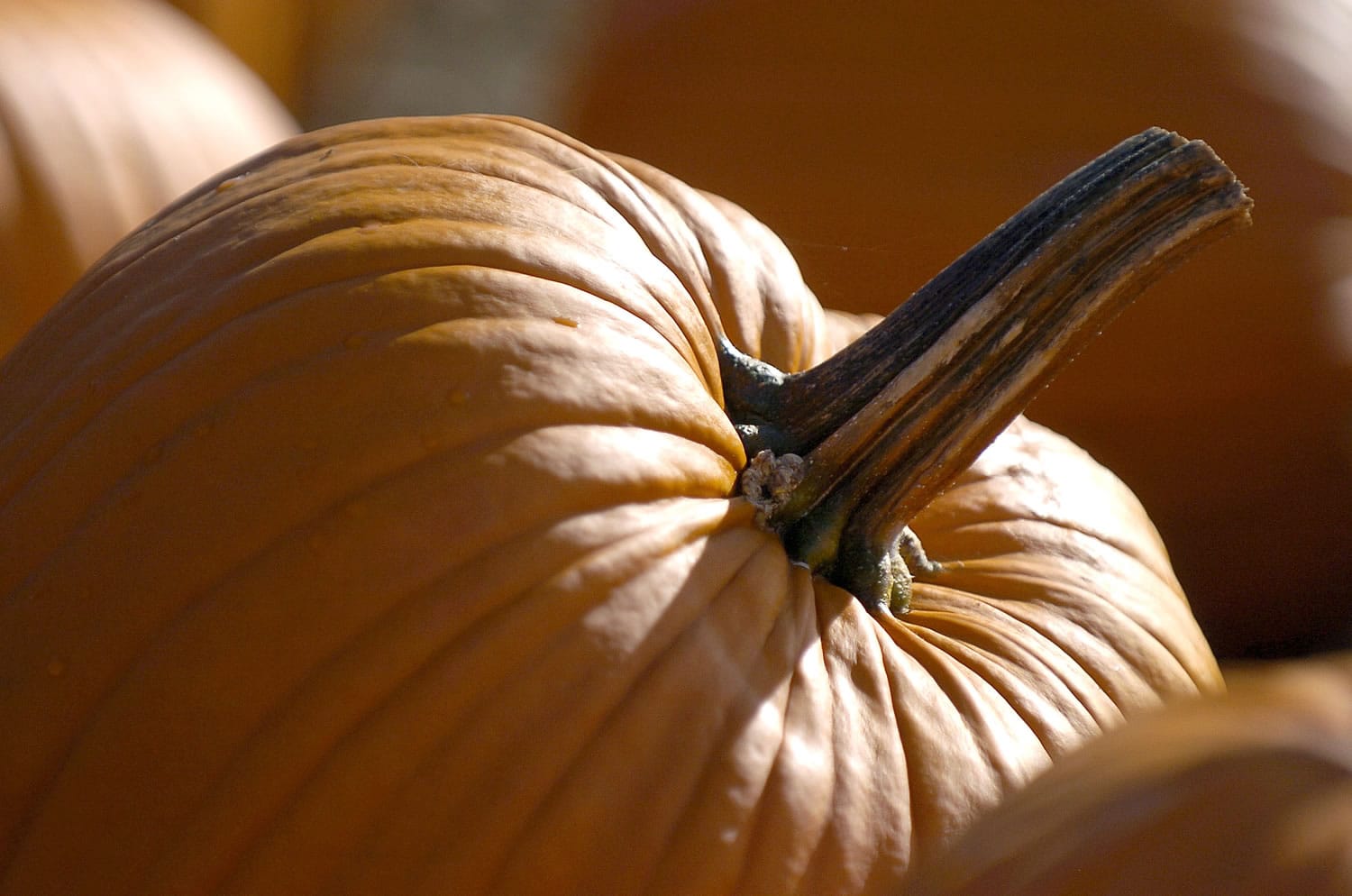Fall has arrived and we are seeing a lot of pumpkins being hunted, carved and served up at the dinner table.
There are numerous pumpkin varieties featuring various external colors (orange, green, yellow, red, white, blue, multicolored, and striped), shapes (flat, short, tall, round, pear, necked, smooth, warty), and sizes (small to huge). The internal pulp can range in color from a golden yellow to orange.
The jack-o’-lantern pumpkin varieties are specifically bred for their upright and straight side shape, hollowness, bright orange color and structural strength for carving. Although their flesh and seeds are edible, jack-o’-lantern varieties are not recommended for eating.
For cooking, the smaller, denser pumpkin varieties are preferred. Almost every part of the pumpkin can be consumed. The blossoms can be stuffed or breaded and fried; the cooked pulp is used for pies, cakes, cookies, stews, soups, appetizers, or main dishes; and the seeds dried or roasted for healthy snacks. An average-size pumpkin contains approximately 1 cup of seeds.



